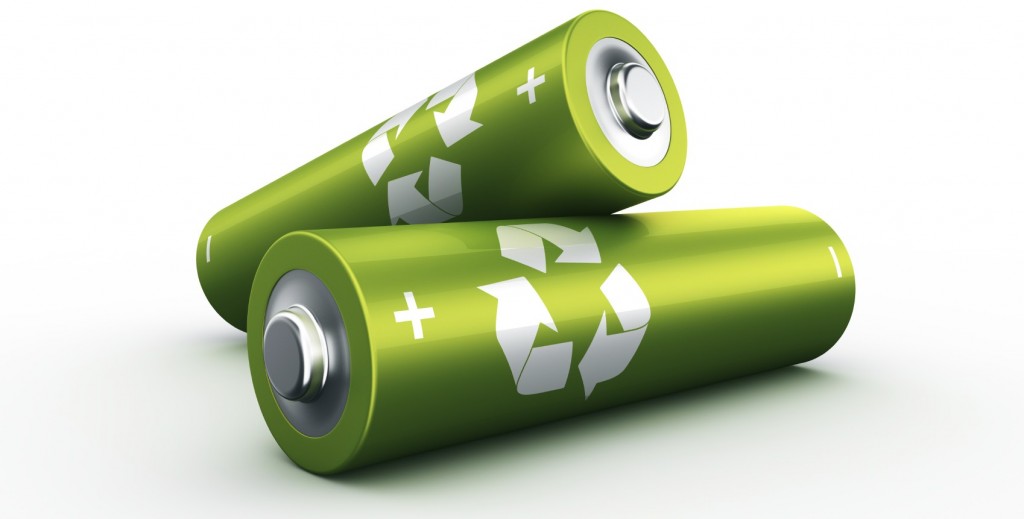How to Charge Safely
Charging has become an integral part of our daily lives, powering the devices that keep us connected and productive. In a world increasingly reliant on technology, the need for efficient and reliable charging solutions has never been more pronounced. From smartphones and laptops to electric vehicles and wearable devices, the demand for power continues to grow, making charging a critical aspect of our modern lifestyle.
Charging electronic devices is a routine part of our daily lives, but it's essential to prioritize safety to prevent potential hazards.
Using original or certified chargers is crucial for ensuring the safety and optimal performance of electronic devices.

Original Chargers:
Original chargers are those provided by the device's manufacturer. They are specifically designed to meet the technical specifications of the device, including voltage and amperage requirements.
Certified Chargers:
Certified chargers are third-party chargers that have undergone testing and received certification from relevant authorities or organizations. These chargers meet industry standards and are deemed safe and compatible with specific devices.
Why Using Original or Certified Chargers is Important:
Safety Assurance:
Original and certified chargers are designed with safety in mind. They incorporate features to prevent overcharging, overheating, and short circuits, reducing the risk of electrical hazards.
Optimal Device Performance:
These chargers provide the right amount of power needed for the device, ensuring optimal charging speed without putting unnecessary stress on the battery. This helps maintain the longevity and overall performance of the device.
Compatibility:
Original and certified chargers are guaranteed to be compatible with the device they are designed for. This eliminates the risk of using a charger with incorrect voltage or amperage, which could potentially damage the device.
Warranty Considerations:
Using non-original or uncertified chargers may void the device's warranty. Manufacturers often specify that warranty coverage extends only to devices used with approved accessories. For instance, if a user experiences issues with their smartphone and it's discovered that an uncertified charger caused the problem, the warranty may not cover the repairs.
Reliability:
Original chargers are manufactured to the highest standards, and certified chargers undergo testing to ensure reliability. Users can trust that these chargers will perform consistently and safely over time.
Unplug When Charged:
Remind users to unplug their devices once they are fully charged. Overcharging can generate excess heat and stress the battery, potentially leading to safety hazards. Modern devices are typically designed to stop charging once they reach full capacity, but it's still advisable to unplug them to be safe.
Know Your Device's Charging Requirements

Knowing your device's charging requirements is essential to ensure safe and efficient charging. Different devices may have specific voltage, amperage, and connector requirements
Check the Device's Manual or Specifications:
Start by consulting the user manual or specifications provided by the device manufacturer. These documents typically contain information about the recommended charging voltage and amperage. For instance, if you have a digital camera, the manual may specify that it requires a 5V/2A charger.
Use Original Chargers and Cables:
Original chargers provided by the device manufacturer are designed to meet the specific charging requirements of the device. For instance, if you have a Samsung Galaxy smartphone, using the charger and cable provided by Samsung ensures compatibility with the device's voltage and amperage specifications.
Check the Device's Settings:
Some devices allow users to view charging information in the settings menu. For example, on Android devices, you can often find charging details, including voltage and amperage, in the battery or power settings. This information can guide you in selecting the right charger.
Consider Wireless Charging Compatibility:
If your device supports wireless charging, ensure that you use a wireless charger that is compatible with your device's specifications. Wireless chargers often have different power outputs, and using the right one is crucial for efficient charging.
Educate on Battery Care:
Provide information on proper battery care to extend the lifespan of the device. This includes avoiding deep discharges, keeping the battery partially charged, and not exposing devices to extreme temperatures.
Mind the Environment:
Avoid charging devices in extreme conditions, such as high temperatures. Extreme temperatures can compromise battery health and pose safety risks. Additionally, refrain from charging devices on soft surfaces that can trap heat.
In conclusion, charging electronic devices safely is paramount to ensure their longevity, optimal performance, and, most importantly, the well-being of users. Following a few simple guidelines can significantly reduce the risk of hazards associated with charging.







Post a Comment
0 Comments